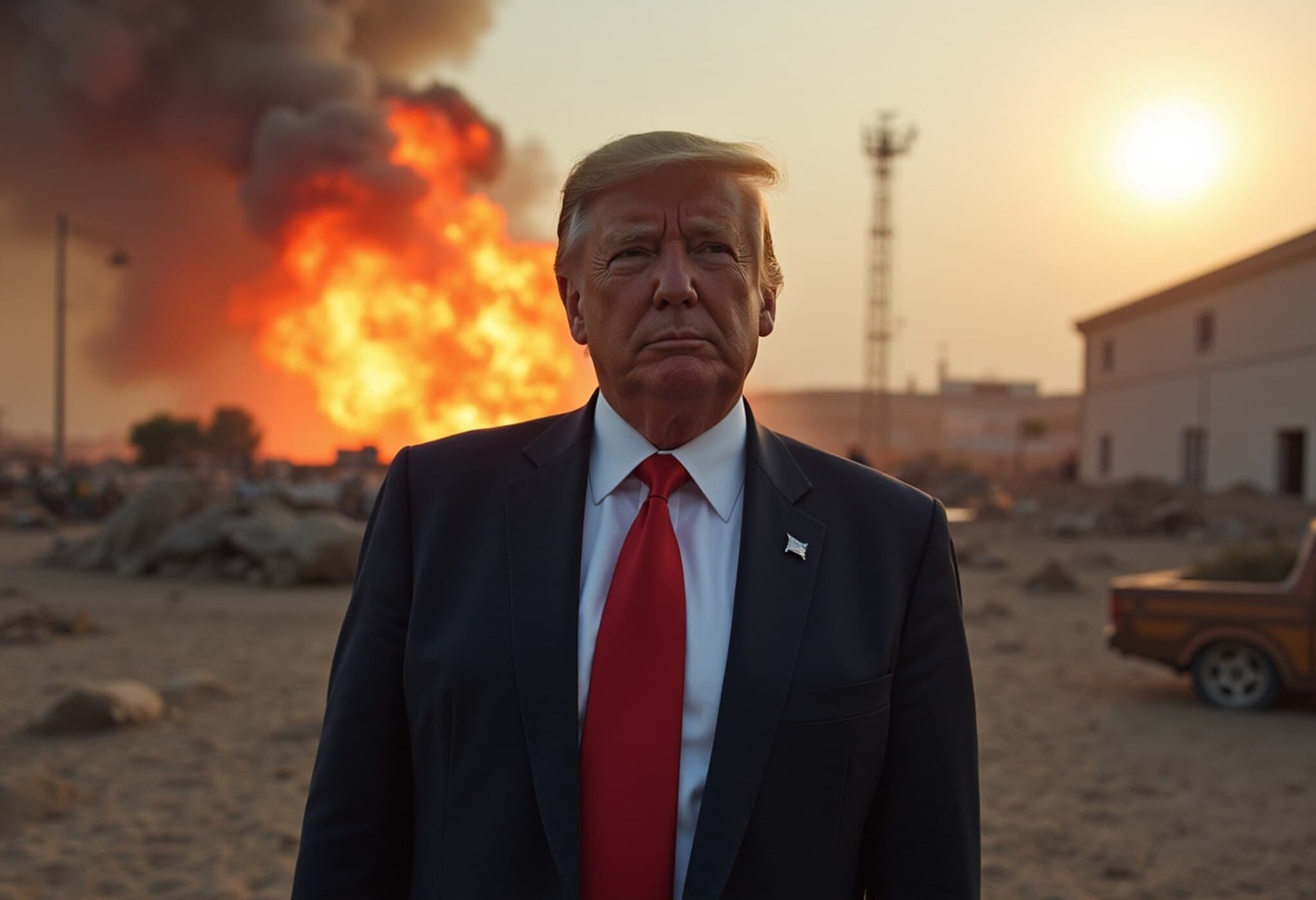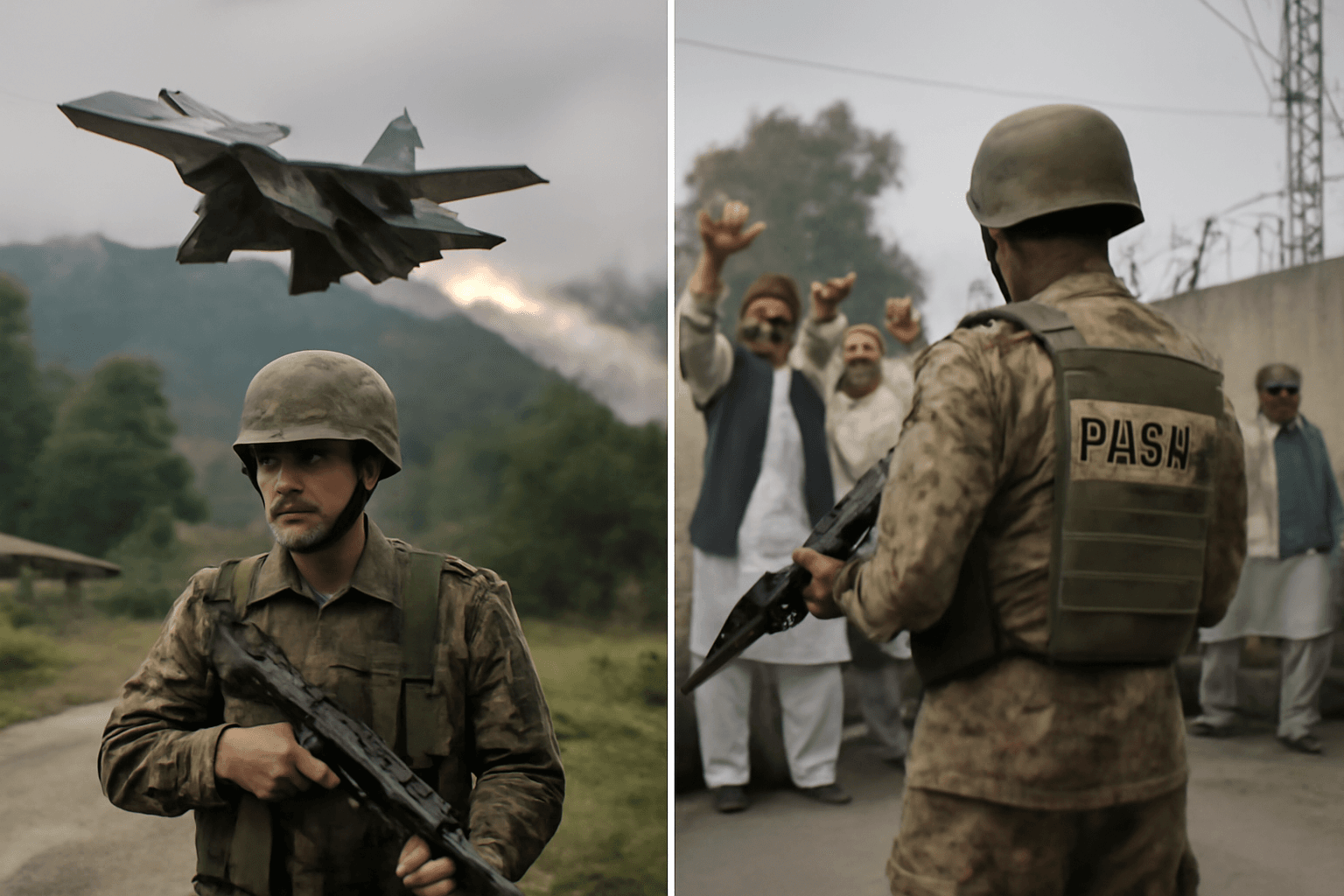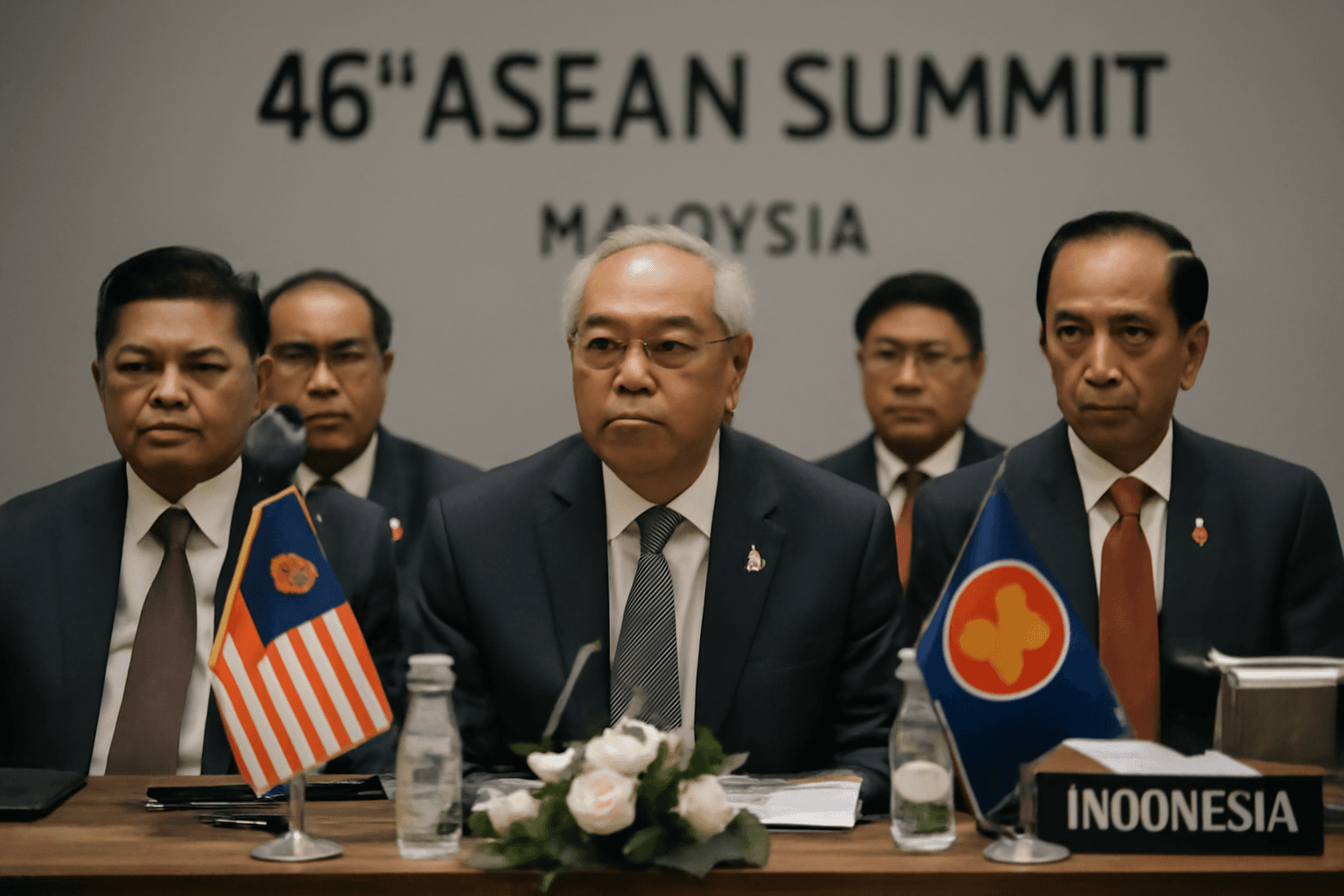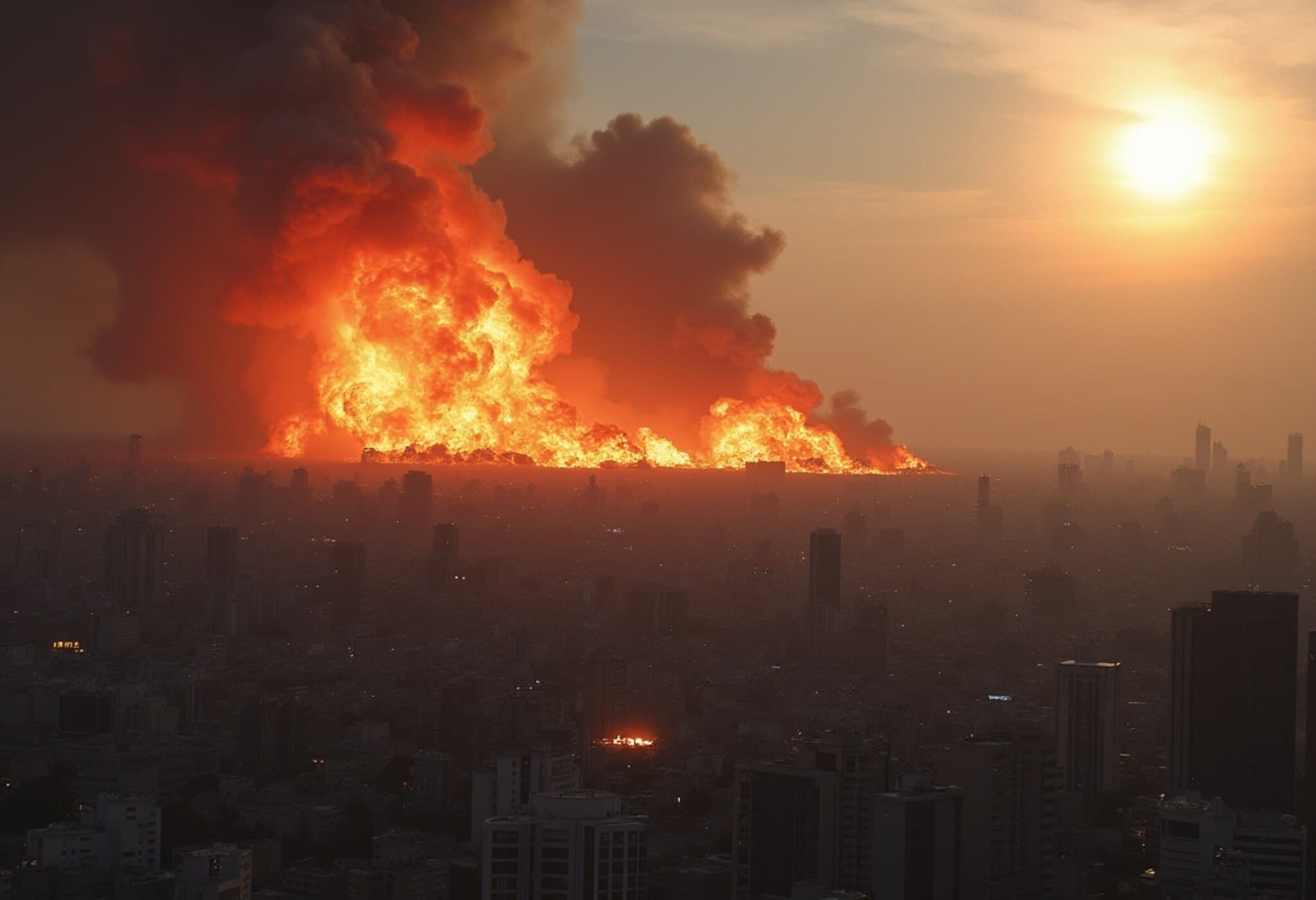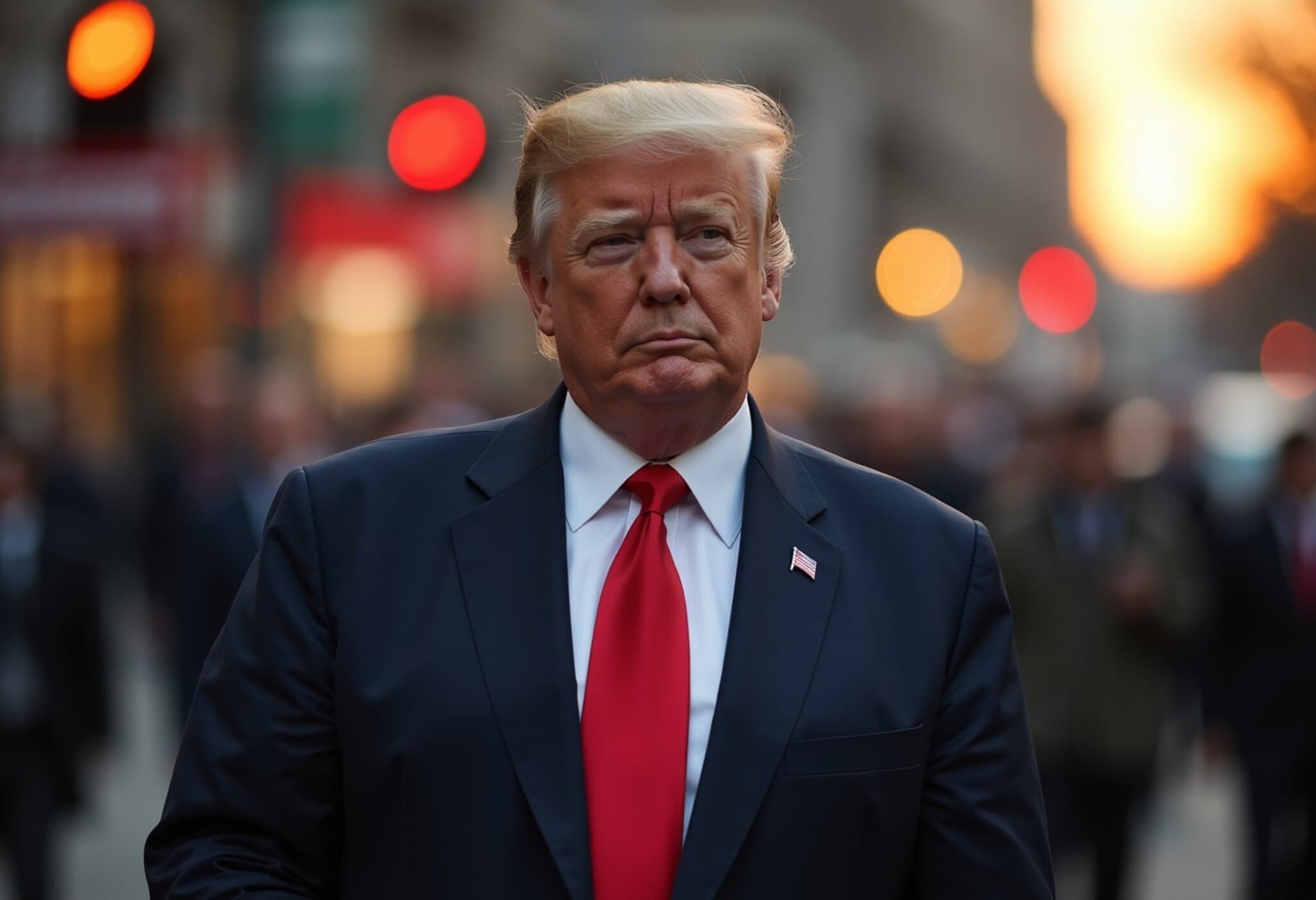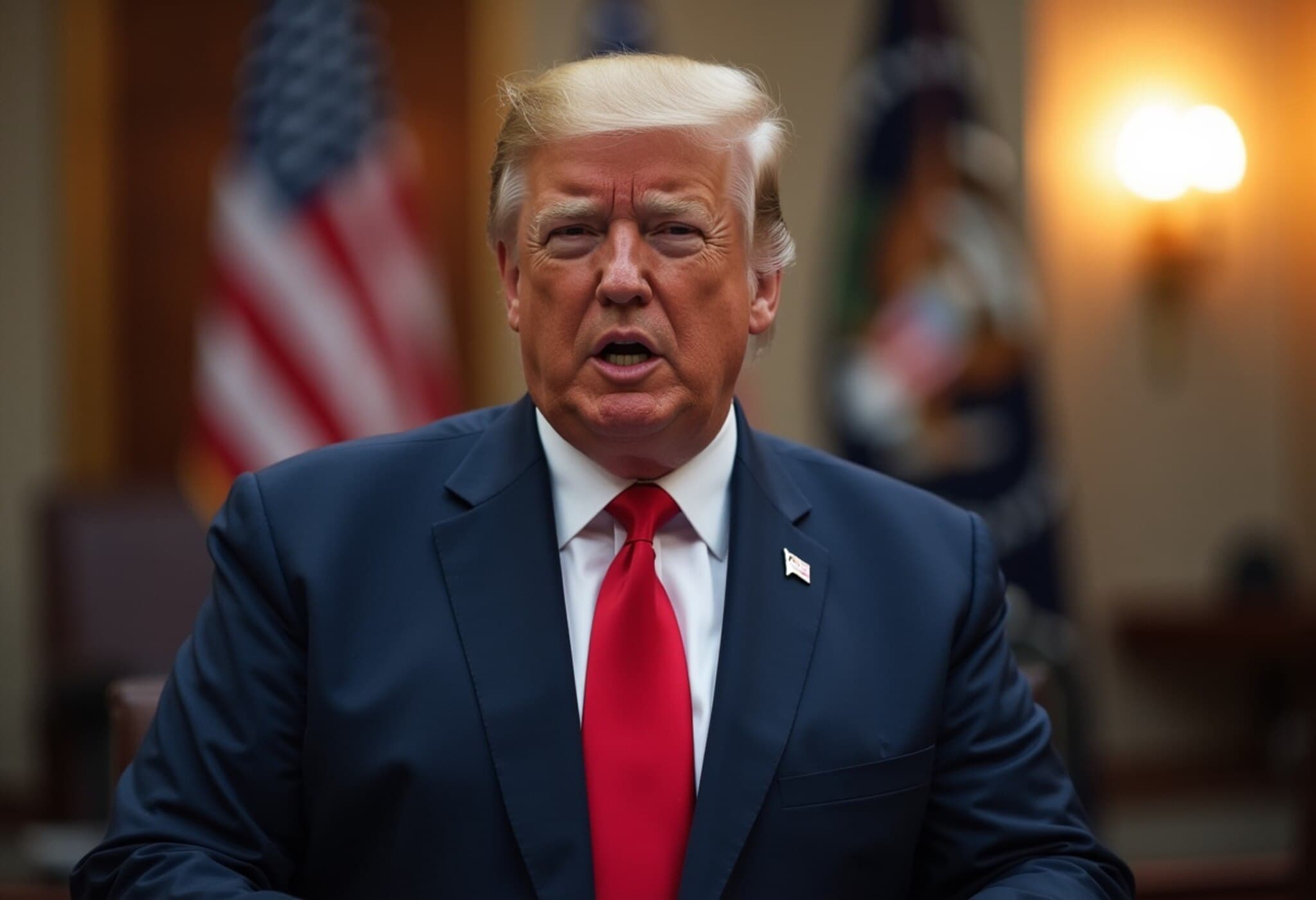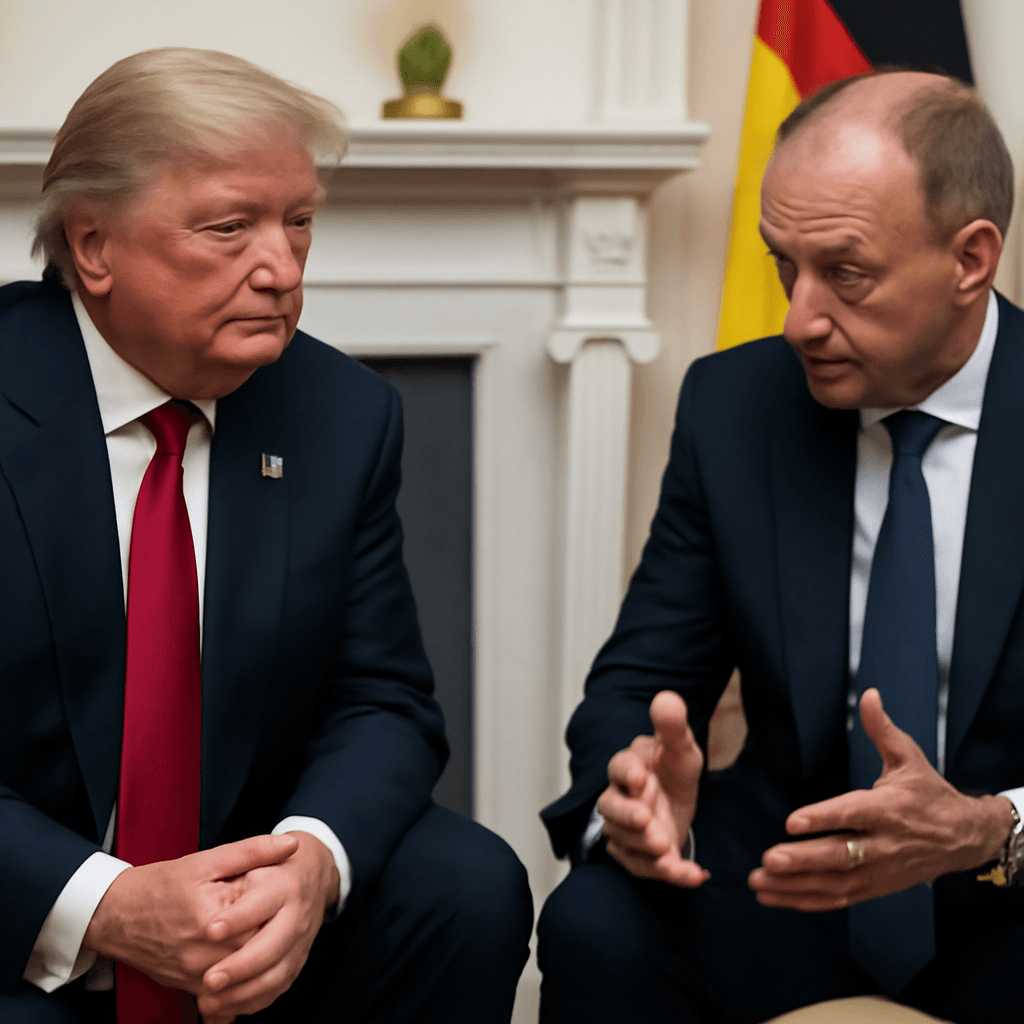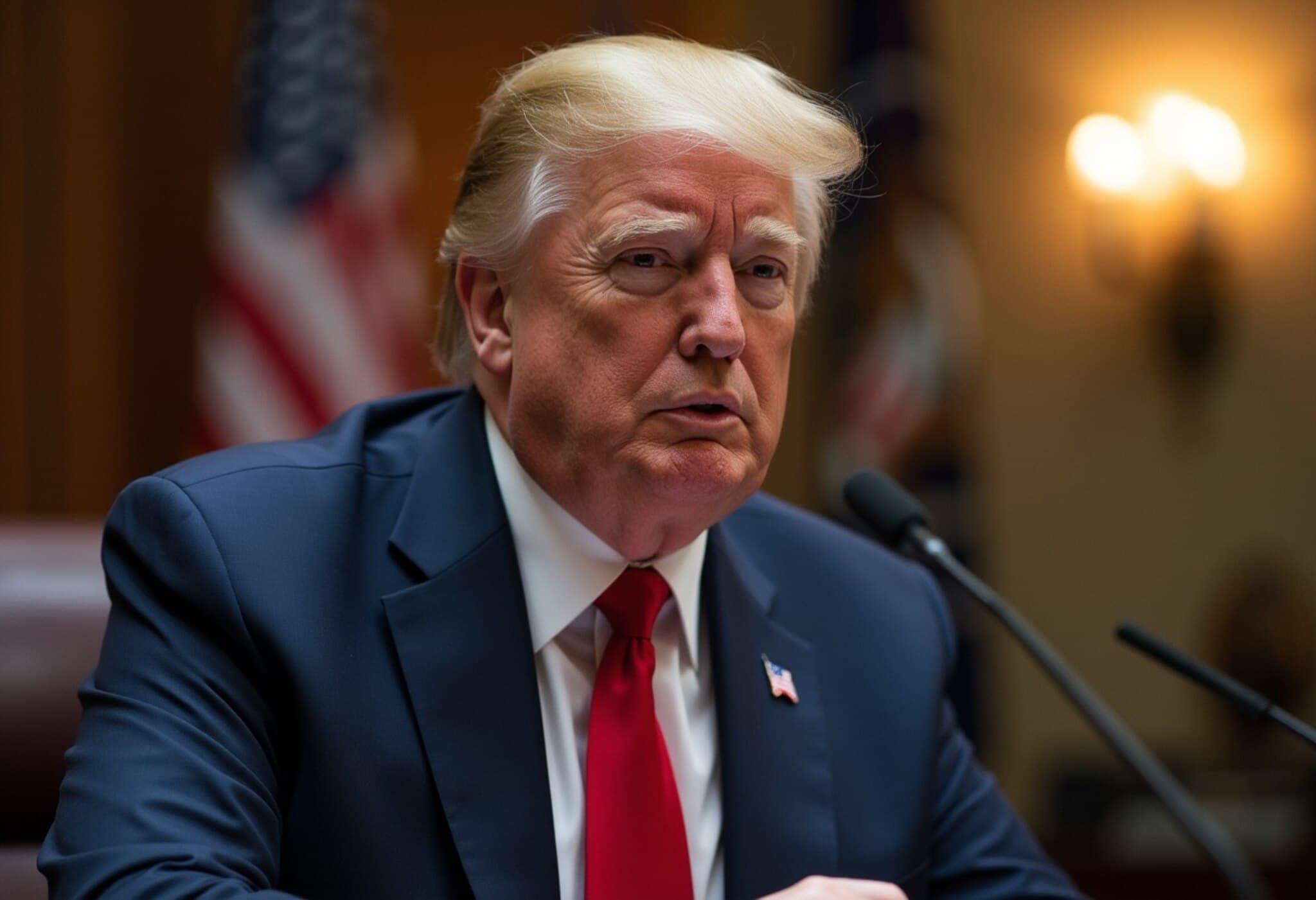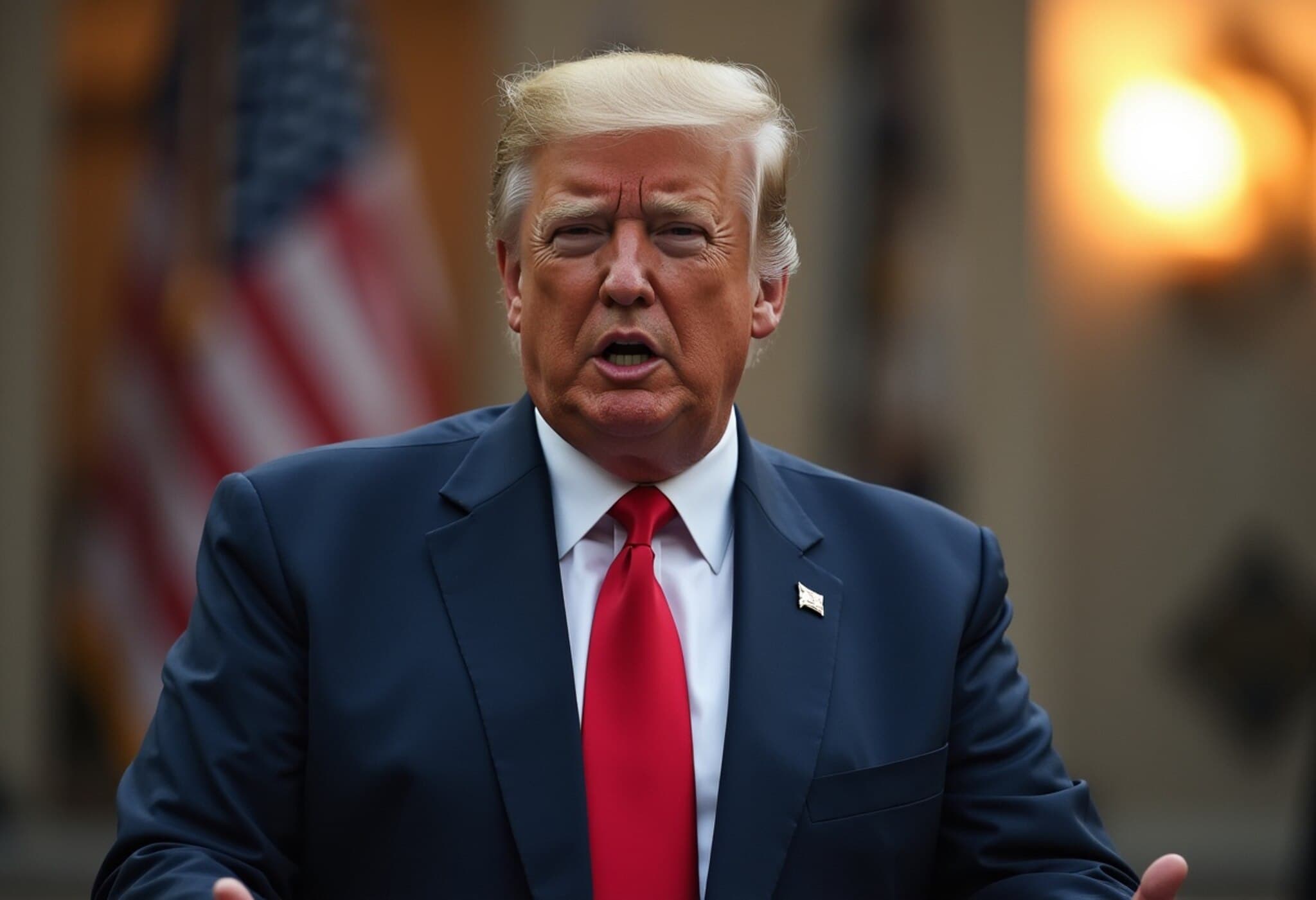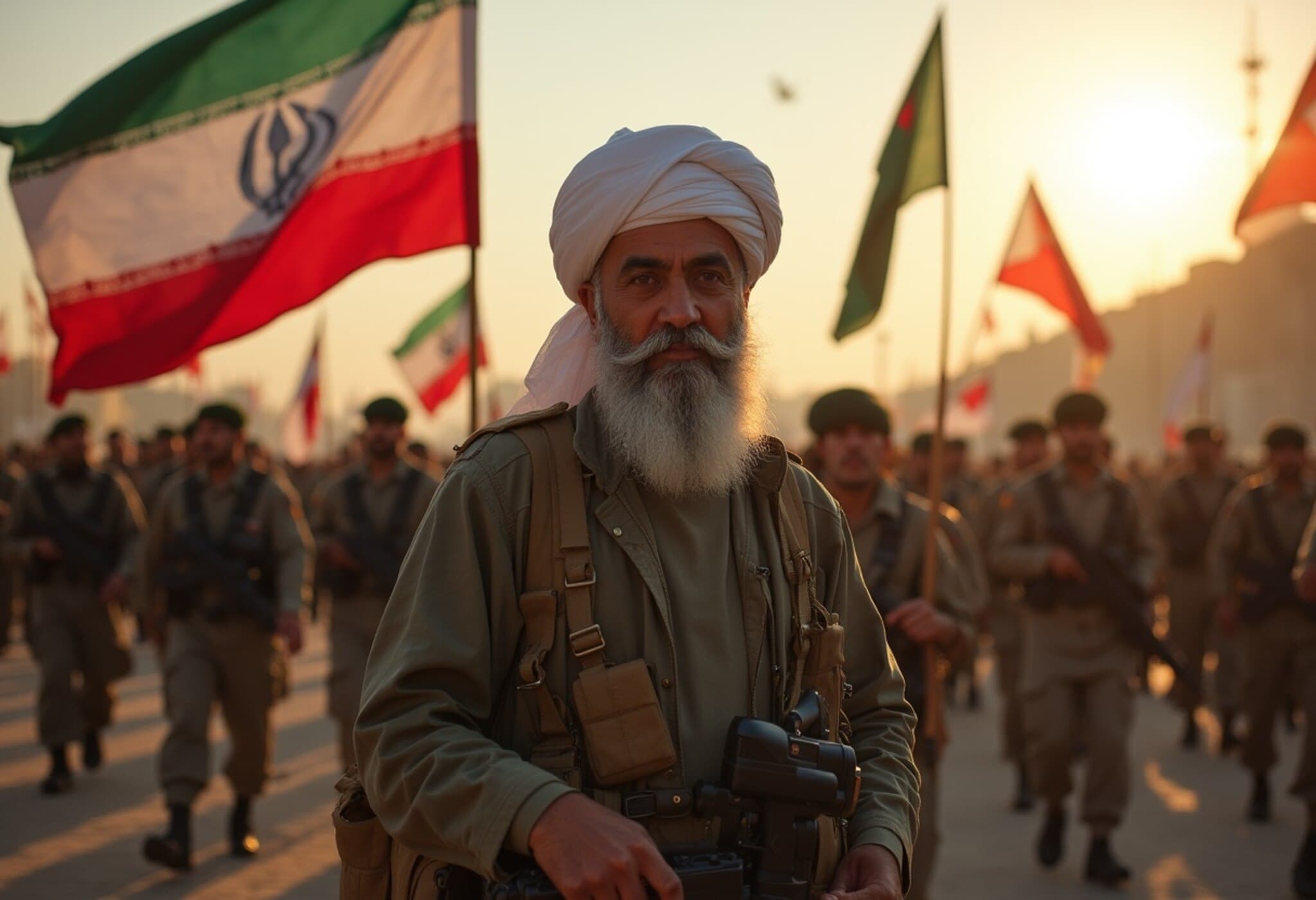Trump Signals Possible Regime Change in Iran Amid Rising Tensions
President Donald Trump recently hinted at the possibility of regime change in Iran, sparking concerns over the United States’ deepening involvement in the volatile Middle East region. This statement came shortly after US military strikes targeted Iran’s nuclear facilities, followed by Iranian missile retaliations at a US base in Qatar.
Despite the strong language, the White House emphasized that there has been no official shift in policy. A spokesperson clarified that a tougher stance might be considered only if Iran refuses to abandon its nuclear ambitions or engage in genuine diplomatic talks. The administration also suggested that any change in Iran’s leadership could arise from internal uprisings rather than direct US intervention.
Learning from Past US Military Interventions in the Middle East
Trump’s remarks stand in stark contrast to his previous rhetoric opposing “forever wars” and advocating an “America first” approach. Historically, US efforts to forcibly change regimes in the region have led to unintended and lasting chaos.
Initial Military Victories Often Lead to Prolonged Conflict
- After the 9/11 attacks, the US swiftly toppled the Taliban and displaced Saddam Hussein within months.
- However, both Afghanistan and Iraq spiraled into prolonged insurgencies lasting years, with the Taliban reclaiming power following the US withdrawal in 2021.
- Iraq descended into turmoil as Sunni insurgents, Shiite militias, and American forces fought for dominance.
Similarly, while recent airstrikes have damaged Iran’s nuclear capabilities and missile defenses, they have not dismantled key elements of its military, such as the Revolutionary Guard and Basij forces—groups that have effectively suppressed domestic protests.
The Limitations of Airstrikes Without Ground Support
History shows air power alone rarely suffices to change a regime. For example, Muammar Gadhafi’s forces withstood months of NATO bombings before being toppled by ground-based rebel forces. Currently, Iran’s internal security apparatus remains largely intact, and a foreign ground invasion seems improbable given its size and terrain.
Moreover, any internal division within Iran’s security forces could trigger civil war rather than a tidy regime change. The reaction of ordinary Iranians remains unpredictable, with some opposing the current government but also wary of foreign interference due to past experiences.
The Challenges of Relying on Exiled Opposition Groups
- In Iraq, many exiled opposition leaders lacked popular support upon their return, overshadowed by local armed factions.
- Iran’s exiled opposition is fragmented, and figures such as Reza Pahlavi face distrust due to historical grievances associated with his family's rule and controversial alliances.
When regimes fall or weaken, neighboring countries often back local militias, fueling proxy conflicts. This has led to civil wars, widespread violence, and the emergence of extremist groups in countries like Syria, Yemen, Libya, and Iraq.
Historical Outcomes Offer a Cautionary Tale
The legacy of past interventions warns of unintended consequences. After Saddam Hussein’s fall, Iraq’s government remains compromised and often aligned with Iranian interests. Libya is fragmented under a patchwork of militias with foreign connections, and in Afghanistan, the Taliban returned to power after years of conflict.
These complex realities suggest that a straightforward regime change in Iran may not only be implausible but could potentially unleash deeper instability across the region.

